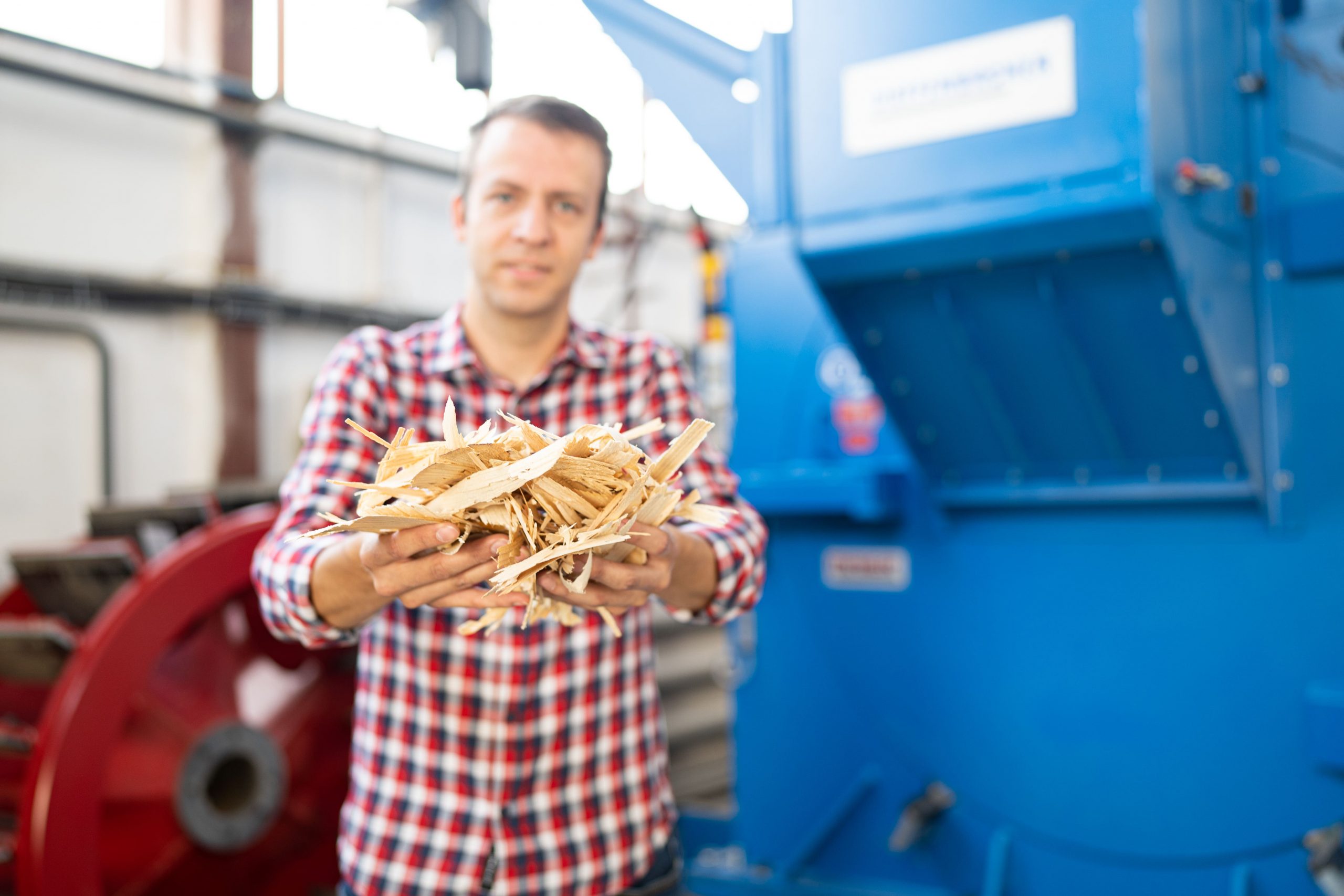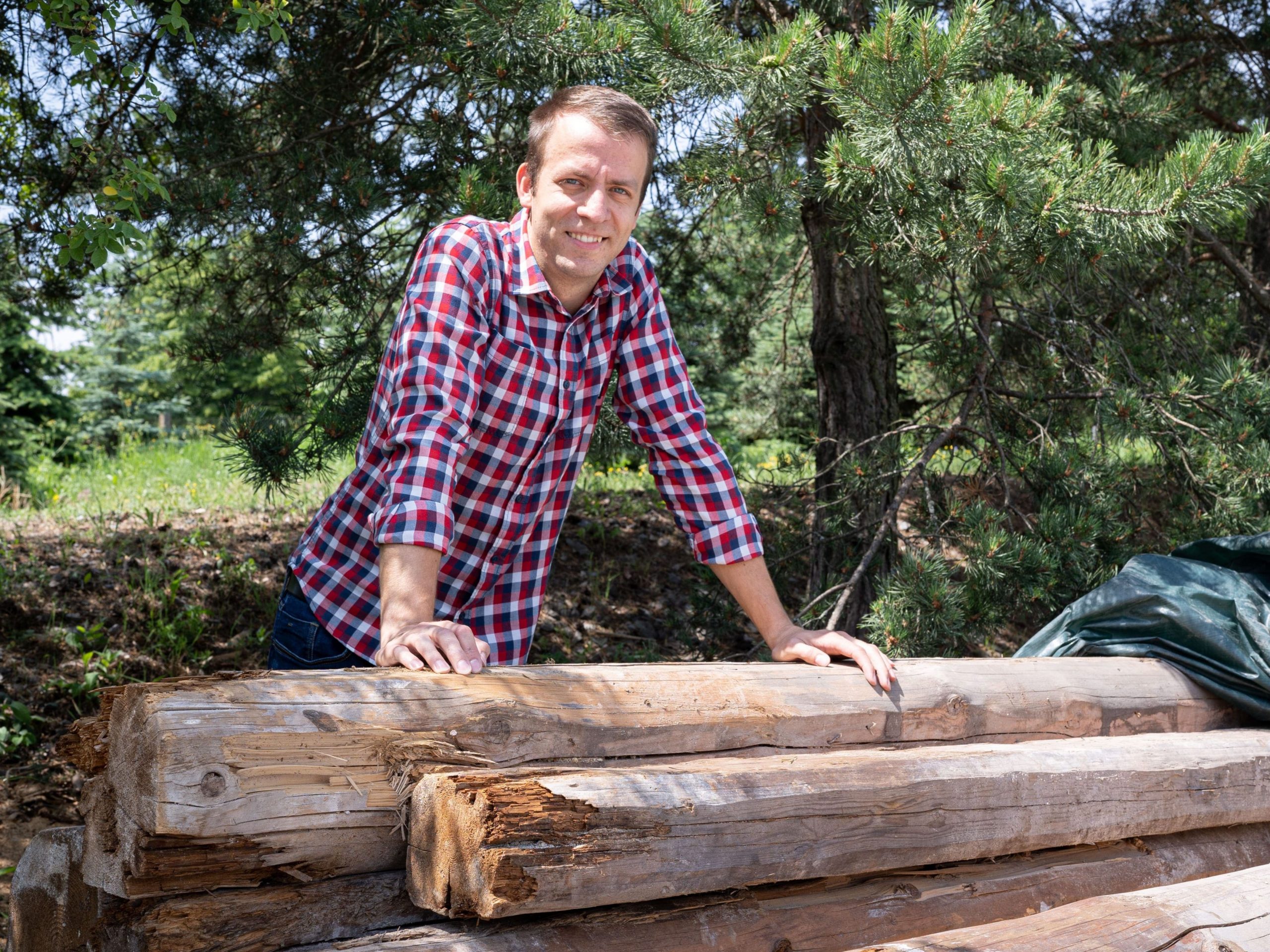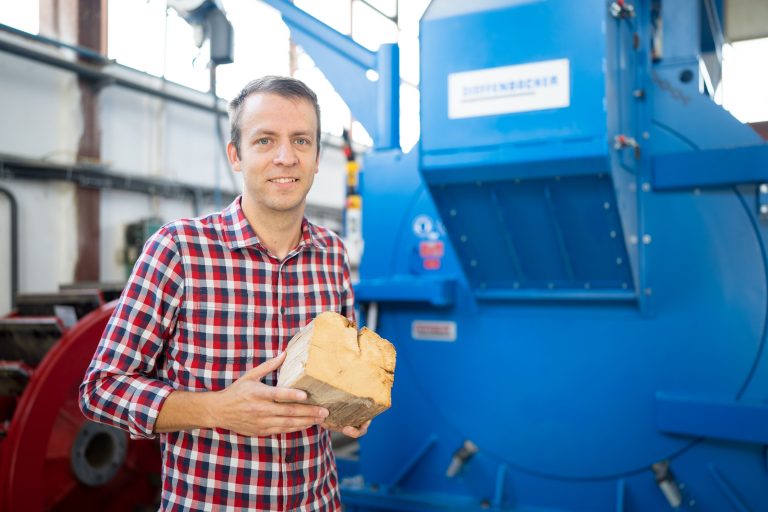As part of the circular economy, the goal of the project is to recycle waste wood, turn it into chips and use it to produce OSB (Oriented Strand Board) panels. Photo credit: MENDELU
Brno, June 24 (BD) – Experts at Mendel University are reusing old beams from demolished buildings, using the chips in the construction of new panels. OSB boards are increasingly used in the construction of furniture and buildings because of their good value for money and high structural and earthquake-resistant capacity. The addition of recycled materials to these boards is still in its infancy because the chips are too small. To make the final product competitive, researchers will analyse the structural properties and production efficiency of OSB using recycled wood.
The interdisciplinary internal research project was the winner of this year’s Gregor Johann Mendel Grant for promising young scientists. “The addition of recyclates is mainly addressed in chipboard production worldwide, but not yet in OSB. However, the potential in this area is huge and is related to the boom in wooden buildings that can be reused for processing into OSB after the end of their lifecycle, which corresponds to the principles of the circular economy,” said Tomáš Pipíška from the Institute of Wood Science and Technology of the MENDELU Faculty of Forestry and Wood Technology.
To conduct the research, the wood selected came from the rafters of the demolished Moulin Rouge erotic club. For the construction, MENDELU scientists will use world-class laboratories, which will enable them to replicate the industrial process of producing OSB composites, including chipping, glue application, pressing and other technical advances. This makes it possible to produce chips and thus raw material for OSB from virtually anything at the laboratory level.


“We can set different parameters for chip production at the laboratory level, including the moisture content of the input material,” Pipíška said. The goal is to optimise the chip production process, analyse its properties and produce prototypes for use in efficient industrial production, hopefully with better properties than current OSB.
The project also involves experts from the Faculty of Operational Economics, who will study the socio-economic aspects of the recycling process. As Michaela Staňková of the Institute of Statistics and Operations Research at the MENDELU Faculty of Economics and Business Administration points out, “When developing a new product, the question arises whether it is possible to create a completely new product that can be produced and sold efficiently, given its properties and the price of raw materials.” Researchers will focus on both supply and demand, as OSB made from recycled material will have a darker colour than conventional fir. Consumers need to be prepared for this, as well as communicating with manufacturers.
The Moulin Rouge nightclub, at the corner of Slovákova and Kounicova, was a Brno landmark of the 1990s. Wood from the same site will be used by a guitar manufacturer who, like LDF scientists, will breathe new life into the material. “Our general motivation is to reuse the existing wood biomass, i.e., bulky wood waste, with the goal of extending the life cycle as much as possible through multiple material recovery into new products, thus delaying the energy processing of wood,” Pipíška added.








